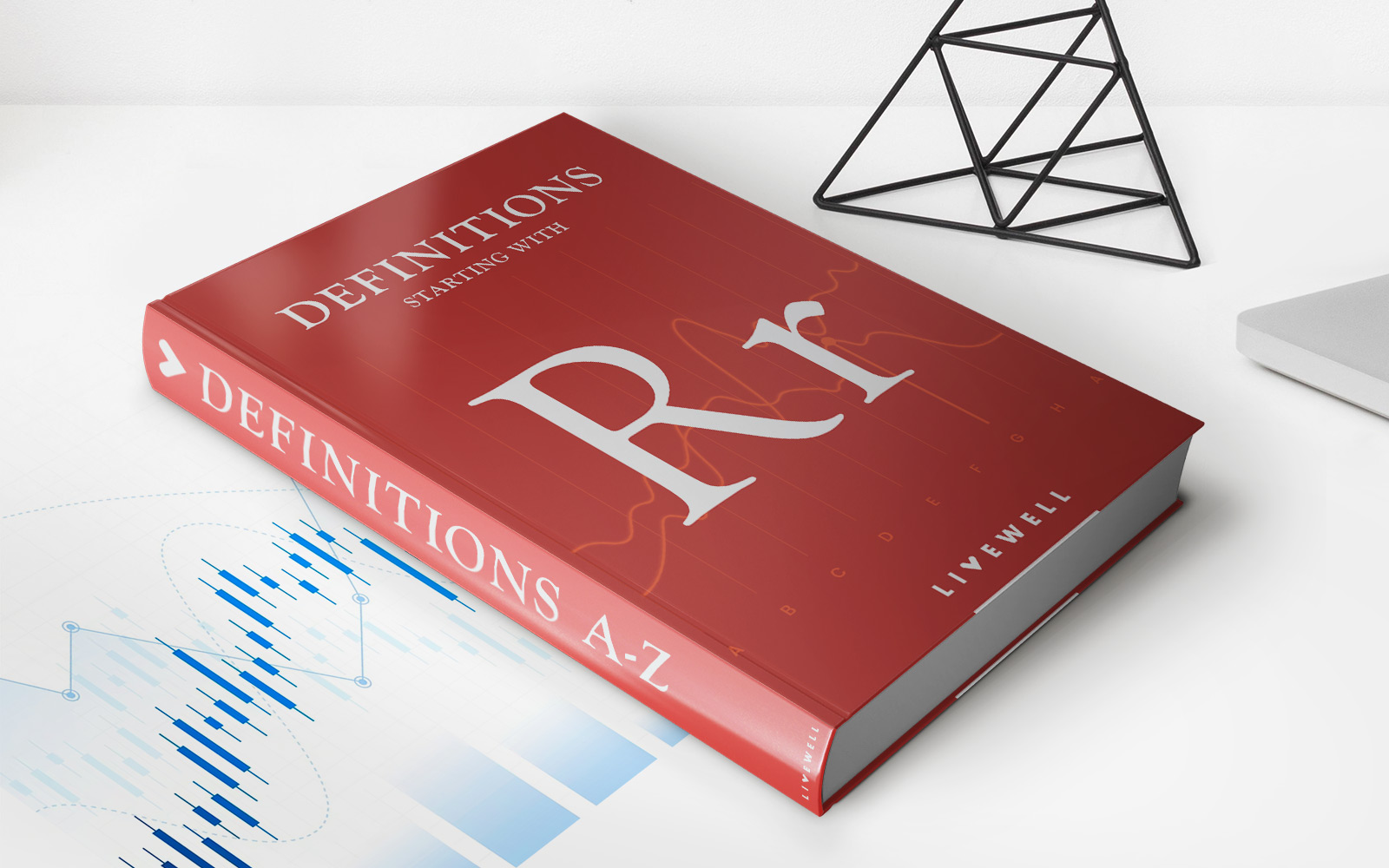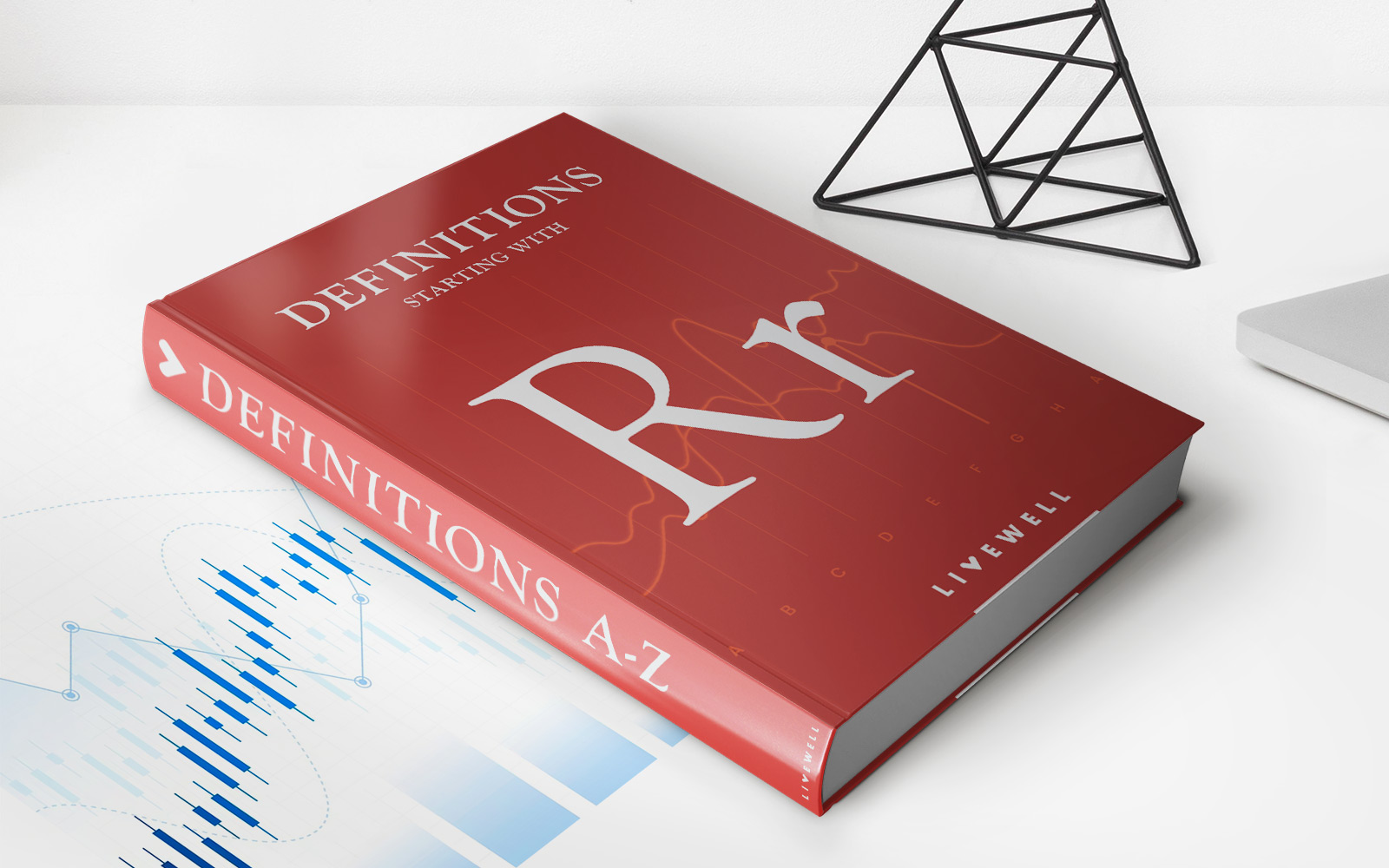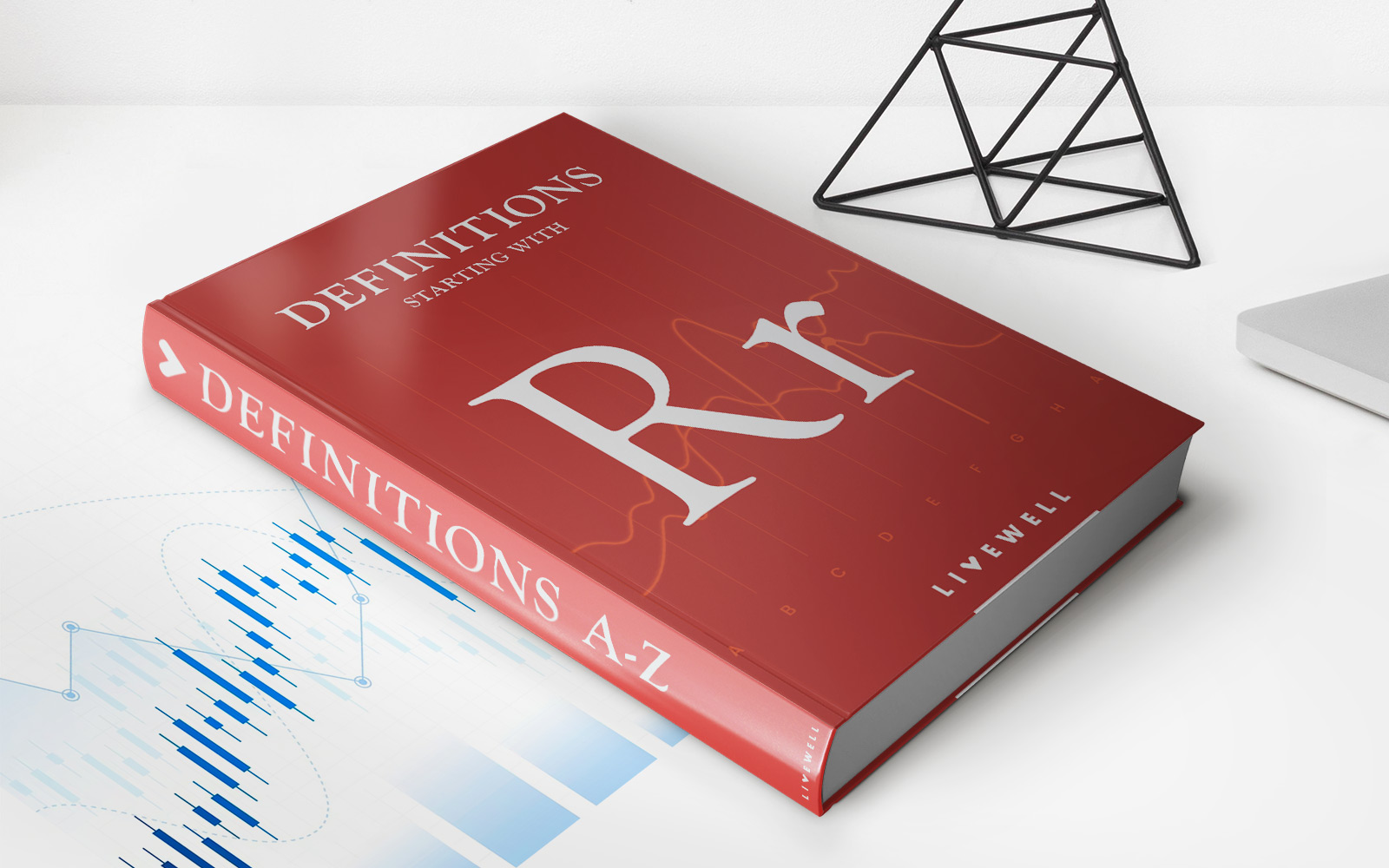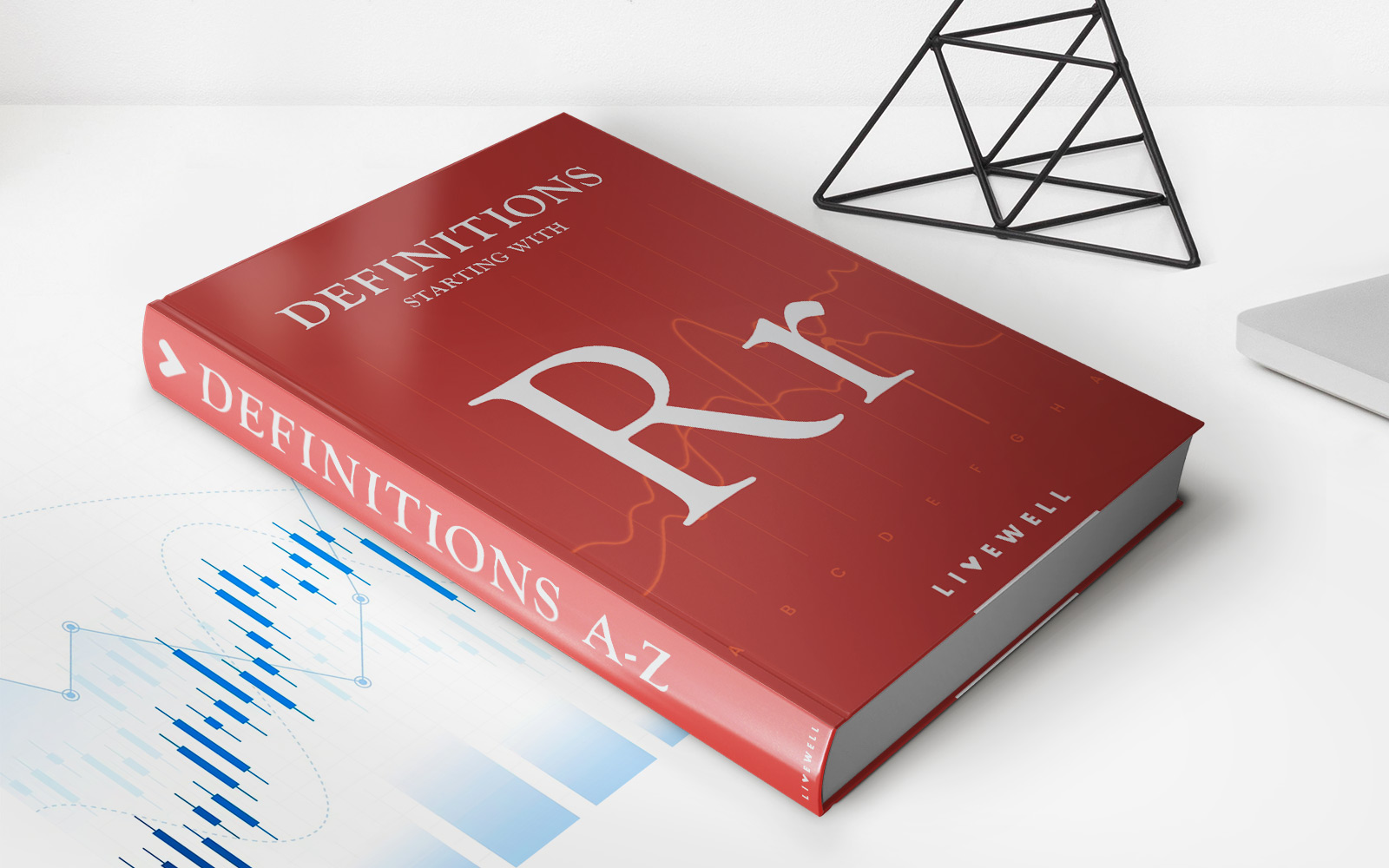Home>Finance>Real Rate Of Return: Definition, How It’s Used, And Example


Finance
Real Rate Of Return: Definition, How It’s Used, And Example
Published: January 16, 2024
Discover the definition, usage, and example of real rate of return in finance. Understand how it impacts your investments and long-term financial goals.
(Many of the links in this article redirect to a specific reviewed product. Your purchase of these products through affiliate links helps to generate commission for LiveWell, at no extra cost. Learn more)
Understanding the Real Rate of Return: A Guide to Financial Success
When it comes to managing your finances and making investment decisions, it’s important to understand the concept of the real rate of return. This crucial financial metric allows you to assess the true profitability of an investment after accounting for inflation. In this blog post, we’ll dive into the definition of the real rate of return, explore how it’s used, and provide an example to illustrate its importance in personal finance.
Key Takeaways:
- The real rate of return measures the actual purchasing power gained or lost from an investment after adjusting for inflation.
- It helps investors assess the true profitability of an investment and make informed decisions.
What is the Real Rate of Return?
The real rate of return is a financial metric that takes into account the effects of inflation on investment returns. While nominal returns only provide a measure of the percentage increase in the value of an investment, the real rate of return delivers a more accurate picture of the actual purchasing power gained or lost.
To calculate the real rate of return, you subtract the inflation rate from the nominal rate of return. In simple terms, it answers the question: “How much am I really earning on my investment after accounting for inflation?”
How is the Real Rate of Return Used?
The real rate of return is a vital tool for investors, allowing them to make more informed decisions based on the true profitability of an investment. Here are some key ways in which the real rate of return is used:
- Comparison of Investments: When evaluating different investment opportunities, comparing their real rates of return provides a more accurate understanding of their relative profitability. A higher real rate of return indicates a more lucrative investment.
- Goal Setting: By considering the impact of inflation, investors can set realistic financial goals and calculate how much they need to invest to achieve those goals in real terms.
- Retirement Planning: Planning for retirement requires careful consideration of inflation. The real rate of return helps calculate future purchasing power, ensuring you can maintain your standard of living throughout your retirement years.
An Example to Illustrate the Importance of Real Rate of Return
Let’s say you invest $10,000 in a bond that offers a 6% annual nominal rate of return. At first glance, it may seem like a fantastic investment, as you expect to earn $600 annually. However, if the inflation rate is 2%, the real rate of return calculation would be as follows:
Real Rate of Return = Nominal Rate of Return – Inflation Rate
Real Rate of Return = 6% – 2% = 4%
So, while you’re earning 6% on your investment, the real rate of return is only 4%. This means your investment is growing at a rate of 4% after accounting for inflation. Understanding this distinction is crucial, as it helps you assess the actual purchasing power gained from your investment.
In Conclusion
The real rate of return is a powerful financial concept that allows investors to evaluate the true profitability of their investments after considering the impact of inflation. By understanding this metric and using it to compare investment opportunities, set realistic financial goals, and plan for retirement, you can make more informed decisions and achieve long-term financial success.
Remember, the real rate of return is the key to unlocking the true potential of your investments. So, take a moment to calculate the real rate of return for your current or prospective investments to ensure you’re making financially sound decisions.














